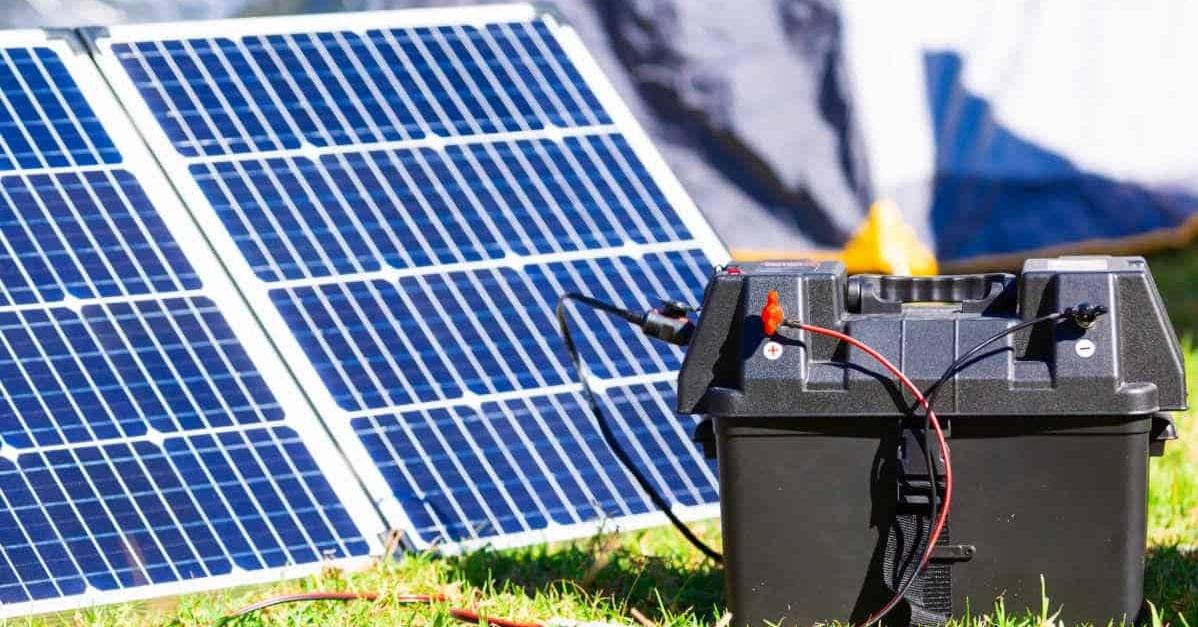In our quest for sustainable energy solutions, solar power stands tall as a potent force in reducing our reliance on conventional energy sources and combating climate change. At the heart of any solar energy system lies the solar inverter—a fundamental component responsible for converting the direct current (DC) electricity generated by solar panels into usable alternating current (AC) electricity for homes and businesses. The significance of properly sizing your solar inverter cannot be overstated, as it profoundly impacts system performance, efficiency, and overall effectiveness.
Understanding Efficiency and Performance Implications
The proper sizing of a solar inverter is pivotal for achieving optimal efficiency in energy conversion. An oversize inverter may operate inefficiently at lower power outputs, leading to energy wastage and potential issues. Conversely, an undersized inverter might restrict the system’s capacity to harness maximum solar power, resulting in avoidable energy loss. By appropriately sizing the inverter, it operates within its designated capacity, ensuring the maximum utilization of solar panel-generated electricity while maintaining peak efficiency.
Ensuring Longevity and Reliability
The durability and reliability of a solar energy system hinge on the harmonious functioning of its components. When appropriately sized, the solar inverter significantly reduces the risk of premature wear and tear within the system. It plays a pivotal role in stabilizing electrical currents, averting overheating or overloading concerns, and ultimately extending the lifespan of both the inverter and the solar panels.
Alignment of Inverter Capacity with Panel Output
An essential consideration in sizing the solar inverter is aligning its capacity with the output of the installed solar panels. Different panels generate varying amounts of DC electricity, and it’s crucial that the inverter matches or slightly exceeds this output to operate optimally. Any mismatch between the inverter’s capacity and the panel output could lead to underutilization of the panels’ potential output or, in severe cases, damage caused by excessive power flow.
Facilitating Adaptability and Future Expansion
Properly sizing the solar inverter not only ensures efficiency in the present but also allows for future expansion. Opting for an inverter with some additional capacity provides room for system growth. This foresight allows for the seamless integration of more solar panels in the future without the need for inverter replacement, thus future-proofing your solar setup.
Matching Inverter Size to Solar Panel Output
One of the critical factors in properly sizing a solar inverter involves aligning its capacity with the power output generated by the installed solar panels. Solar panels come in various wattages and produce differing amounts of DC electricity. It is imperative that the selected inverter matches or slightly exceeds the aggregate output of the panels to ensure optimal performance.
When the inverter’s capacity is too small compared to the total output of the solar panels, it restricts the system’s ability to utilize the available power efficiently. This limitation can lead to underutilization of the panels’ potential, resulting in lost opportunities to harvest renewable energy. Furthermore, an undersized inverter might force the solar panels to operate below their capacity, negatively impacting the overall efficiency of the system.
Conversely, selecting an oversized inverter might seem beneficial at first glance, but it can lead to inefficiencies. Oversized inverters operating at lower power outputs could operate outside their optimal efficiency range, resulting in increased energy wastage and potentially reduced system lifespan.
The key lies in finding the right balance—a properly sized inverter ensures that it operates within its optimal efficiency range while efficiently converting the DC electricity generated by the solar panels into usable AC electricity. This matching of inverter size to solar panel output maximizes the system’s performance, allowing for the effective utilization of the generated solar power.
Expert Guidance for Informed Decisions
Given the complexities involved in determining the appropriate size for a solar inverter, seeking guidance from solar equipment providers or professional installers becomes paramount. These experts possess the knowledge and experience to assess your energy needs, consider the specifics of your solar panel setup, and recommend the most suitable inverter size for optimal performance and efficiency.
By engaging with these experts, you can guarantee that your solar energy system operates at its full potential, maximizing the benefits of renewable energy for your home or business. Not only will they be able to ensure that your inverter is sized to handle the power output from your panels, but they can also accurately assess your energy needs to ensure that your entire solar power system is sized to meet those needs. Making informed choices in the sizing of your solar inverters—and your solar power system as a whole—is not just a step towards sustainability but a strategic investment in a brighter, cleaner future for generations to come.

